With the end of the financial year rapidly approaching, savvy small business owners are looking for tax tips to help them with their cash flow. Here are 11 smart things you can do to legally minimise your tax. And what business owner wouldn’t want to do that?
Tax tip #1: Claim the enhanced instant asset write-off
The instant asset write-off scheme allows most Australian businesses to immediately write off the cost of assets they buy (up to a threshold limit), rather than having to depreciate them over several years.
Examples of business assets that can be written off include vehicles and equipment.
If your business has an annual turnover of less than $500 million, this financial year you can write-off up to $150,000 worth of any asset bought between 1 July and 6 October 2020.
Tip #2: Take advantage of temporary full expensing
Temporary full expensing is an enhancement of the instant asset write-off scheme. It is a federal government initiative to try and offset the business impact of COVID-19 restrictions.
If your annual business turnover is less than $50 million, you can also write off the full cost of any second-hand assets bought after this date.
The temporary full expensing scheme will be in place until the end of the 2022/23 financial year.
Tax tip #3: Use the temporary loss carry-back rules for company returns
If you have a company with an annual turnover of less than $5 billion and you have made a loss this financial year, you can claim a refundable tax offset against the tax you paid in 2018-2019 and/or 2019-2020 financial years.
Tax tip #4: Maximise your tax-deductible business expenses
Claiming every eligible tax-deductible business expense also reduces your income and the amount of tax you need to pay.
Examples of common business expenses you can deduct include:
- Marketing/advertising costs
- Business motor vehicle expenses
- Business travel
- Staff wages
- Phone costs
- Rent on your business premises
- Interest on business loans
- Equipment repairs and maintenance
- Insurance
- Depreciation on assets that you can’t immediately write-off
Tax tip #5: Prepay future tax-deductible expenses
If you have any inevitable future tax-deductible expenses, you could pre-pay them in the current financial year to reduce your tax obligation. For example, you could pre-pay your next year’s insurance premium or pay some of your rent in advance, if you lease your business premises. This may not be doable for businesses still recovering from 2020, but it’s a smart move for those who can swing it.
Tax tip #6: Keep records of all your tax-deductible expense claims
You need to be able to prove all your business expense claims if you’re ever audited by the Australian Taxation Office (ATO). The ATO conducts numerous audits each year to ensure compliance with Australia’s tax laws.
Tax tip #7: Keep your business and personal expenses separate
This will help to make tax time as quick and pain-free as possible. There’s nothing worse than having to spend time working out which expenses are business-related and which are personal at the end of the financial year. And if your accountant/bookkeeper has to do it for you, it could well cost you money unnecessarily.
The easiest way to keep your business and personal expenses is to have separate bank accounts for both.
Tax tip #8: Take advantage of simplified trading stock rules
If you sell products and have an annual turnover of less than $10 million a year, you can take advantage of the ATO’s simplified trading stock rules.
This means that you won’t have to conduct a time-consuming end of financial year stocktake if the value of your inventory has changed by less than $5,000 this financial year.
Tax tip #9: Budget for your tax payments
It’s important to plan ahead for your tax obligations, just like you should for all your other business expenses. Make sure that your cash flow will enable you to make your quarterly PAYG instalments on time if you have staff, or your monthly/quarterly GST via your business activity statements.
Tax tip #10: Set up a more tax-effective business structure for the future
Different business structures pay different rates of tax. For example, sole traders and partnerships pay tax at individual marginal rates.
You can potentially lower the rate of business tax you pay by setting up a company or discretionary family trust.
Tax tip #11: Understand the difference between tax minimisation and tax avoidance strategies
Tax minimisation strategies, like the tips outlined in this article, are legal. Tax avoidance strategies, on the other hand, are not. The difference is as simple as that.
Tax avoidance strategies include any attempts to avoid paying your legal tax obligations.

